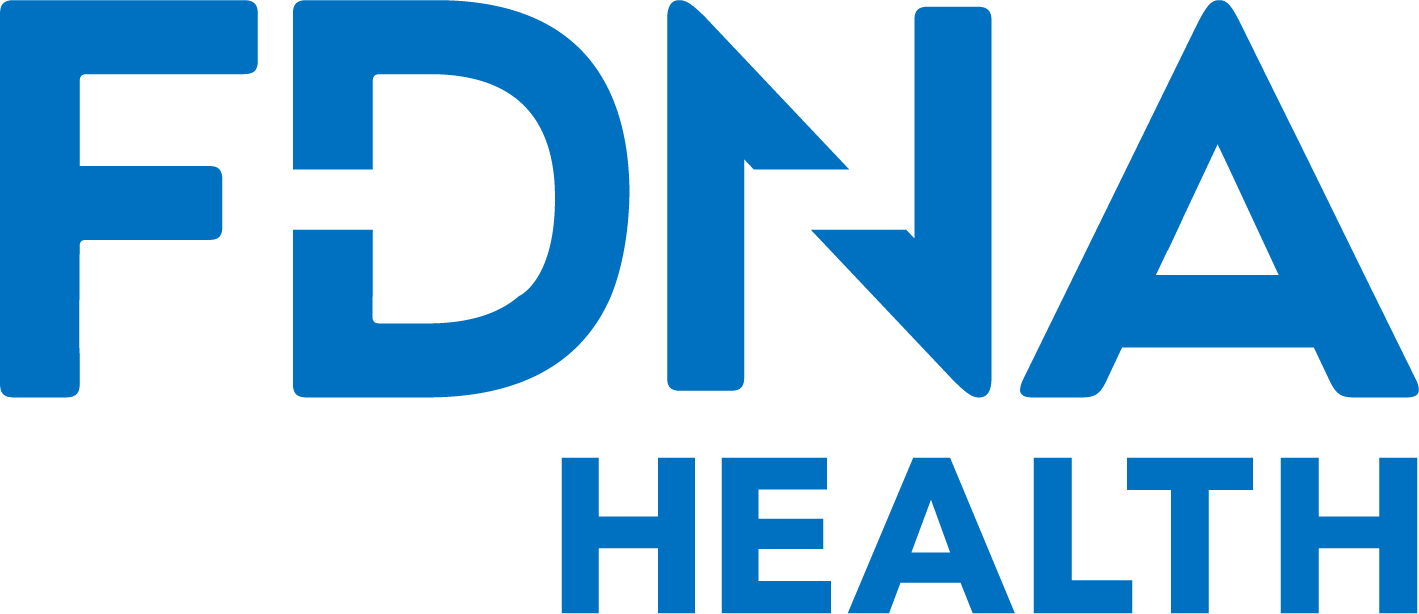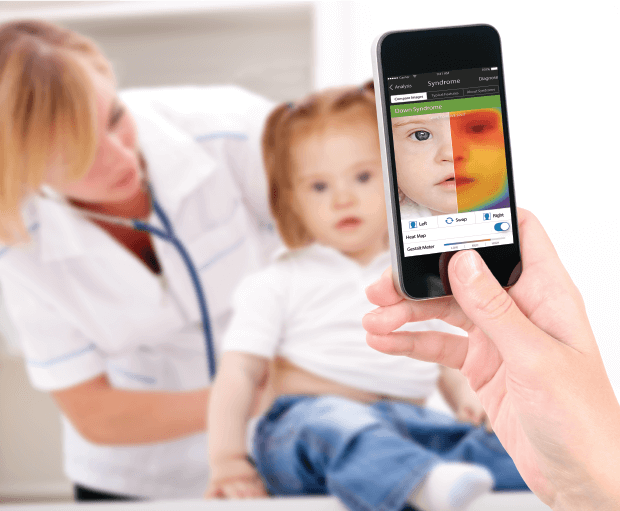Was sind die wichtigsten Chromosomenkrankheiten?
seltene chromosomenkrankheiten
Eine befruchtete Eizelle besteht aus 23 Chromosomen der Mutter und 23 des Vaters. Dies bedeutet dann, dass es insgesamt 46 Chromosomen und 23 Chromosomenpaare gibt. Zu diesen Chromosomen gehören die Chromosomen, die das Geschlecht eines Individuums bestimmen – XX für eine Frau und XY für einen Mann.
Chromosomenerkrankungen treten entweder auf, wenn sich in einem Ei zusätzliche Chromosomen befinden (Trisomien) oder wenn Segmente von Chromosomen gelöscht oder in einigen Fällen dupliziert werden.
Diese verursachen zwei verschiedene Arten von Chromosomenerkrankungen. Trisomien sind eine Gruppe von Chromosomenzuständen, die durch das Vorhandensein zusätzlicher Chromosomen verursacht werden.
Wenn chromosomales Material gelöscht oder dupliziert wird, führt dies häufig zu Geburtsfehlern bei betroffenen Personen und einer anderen Gruppe verwandter Syndromes.
Was sind die wichtigsten Chromosomenkrankheiten?
Trisomiekrankheiten:
Trisomy 21, Down syndrome: perhaps the most well-known and the most common of the chromosome diseases, currently occurring in 1 in every 700 babies born in the US. This disease is caused by the presence of an extra chromosome 21. Down Syndrom is also linked to older maternal age. The symptoms of this syndrome include intellectual and developmental delay and unique facial features, and heart conditions. Testing for down syndrome is now a routine part of prenatal testing in many countries.
Trisomy 18, Edwards syndrome: just 50% of babies born with this chromosome disease survive the first two weeks of life. The syndrome is characterized by very severe developmental delay and health issues that affect multiple parts and systems of the body.
Trisomy 13, Patau syndrome: just 20% of babies born with this rare disease survive the first year of life. Brain anomalies are common with the syndrome, and many babies are born with extra fingers and toes.
Trisomiekrankheiten, die die Geschlechtschromosomen betreffen:
Klinefelter syndrome: This condition is caused by the presence of one, or sometimes two, extra sex chromosomes. The syndrome presents in boys, and symptoms generally do not become clear until the onset of puberty.
Turner syndrome: this rare disease occurs only in girls and results from a missing X chromosome. The condition includes skeletal deformities and infertility.
Andere (Chromosomenkrankheiten mit Geburtsfehlern, die durch Deletion oder Duplikation von Teilen eines Chromosoms verursacht werden)
Cri-du-Chat syndrome: caused by a missing piece of chromosome 5, the first identifying symptom of this condition is a high-pitched cat-like cry at birth.
Angelman syndrome: this chromosomal disease is characterized by severe developmental delay, limited to zero speech development, and sleep disturbances.
Diagnose
The diagnosis of chromosome diseases, as with other genetic syndromes and rare diseases, is a process. It is a process that will involve Genetische Analyse, Genetische Beratung, and Gentest.
Jeder einzelne Teil der diagnostischen Reise kann zu Verzögerungen und möglichen Fehldiagnosen führen, insbesondere bei seltenen Erkrankungen. Je mehr wir jedoch über Chromosomenerkrankungen verstehen, einschließlich ihrer Ursachen und symptome, desto schneller und genauer können wir Patienten diagnostizieren und sicherstellen, dass sie die Unterstützung erhalten, die sie für ihre Diagnose benötigen.









